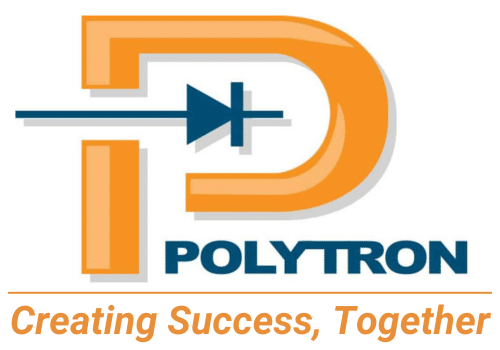Current inventory procedures at an industrial filtration membrane manufacturing plant were expensive and inefficient causing excessive downtime.
Twice-yearly audits required two days of manufacturing downtime and significant labor using the time-consuming barcode technology. Each serialized filter in inventory needed to be moved and scanned individually, resulting in hindered productivity and efficiency.
To minimize downtime, a plan was put in place to upgrade the manufacturer’s tracking system. MOM software that interfaced with the existing ERP and RFID system was installed. This software uses a variety of industry-standard protocols to minimized downtime. The barcoding procedures were updated and optimized to enhance user experience resulting in increased production and distribution efficiency.
Challenge |
Solution |
Results |
| Expensive, inefficient inventory procedures
Inefficient distribution Unable to meet customer demand for product with IoT compatibility |
RFID system coupled with MOM-based traceability solution
Interface with ERP A plan to minimize downtime during implementation |
Production efficiency increased while production costs decreased
Barcoding procedures updated and optimized to enhance user experience Better durability of tags, no need for line of sight scanning, increased data capture |
The Project
 Barcode Tracking Decreased Productivity
Barcode Tracking Decreased Productivity
The Senior Industrial Engineer at a filtration membrane manufacturer was frustrated by the limitations of his barcode tracking technology.
Every six months, his plant’s productivity took a big hit as his team prepared for audits that required each serialized filter in the company’s entire inventory of large industrial filters had to be moved and scanned individually.
Completing these audits required two days of manufacturing downtime – plus significant labor.
Twice-yearly Audits Cause Excessive Downtime
In addition to the twice-yearly, labor-intensive inventory process and downtime, the barcode technology was further hindering the manufacturer’s efficiency and productivity:
- Each filter had a unique serial number
- Barcode labels were printed on each filter for tracking
- Every filter needed 100% wet testing
- Each individual filter had unique characteristics measured during wet testing
- The company’s ERP provider held every filter detail including wet test results and history
Frustration on the plant floor was compounded by extremely time-consuming barcode reading which limited the manufacturer’s ability to efficiently manage manufacturing and product data:
- Barcodes had to be oriented in a specific direction to be read
- The barcode reader could detect only one filter at a time
- Data updates required reprinting barcodes
- Even with minor damage, barcodes were no longer readable
This made leveraging IoT difficult and slowed the manufacturer’s progress toward important smart manufacturing benefits, while also reducing its customers’ ability to track filtration performance.
The Senior Industrial Engineer saw that updated barcode technology would bring multiple advantages but wasn’t sure where to start or how to make the changes without expensive disruption to production.
Solution: Implement MOM Software to Support RFID Technology
By partnering with Polytron, the manufacturer gained the expertise it needed to create a plan for upgrading their tracking system that minimized downtime.
Polytron implemented MOM software to deliver traceability and support the use of RFID technology. The software uses a variety of industry-standard protocols to connect to existing infrastructure, creating a solution that interfaced with the ERP and RFID system (allowing for the traceability and filtering of data), and provided dashboards, data entry forms and reports.
The Polytron-designed solution allowed the manufacturer to create an IoT-compatible product for customers. System features enabled gathering and utilizing of inventory and production data more thoroughly and with much less labor:
- Filter traceability and interface to ERP
- User interface for RFID handheld readers
- Platform to grow system into other areas
- RFID fixed readers and antennas throughout facility for tracking of WIP
- RFID handheld readers for inventory management
Further Benefits of the RFID System:
- Passive tag can be read from any orientation
- Multiple tags on filters can quickly be read at one time
- Tags hold valuable data for product end users
- Tags are harder to damage and can be buried under a protective layer
Providing Extra Value
The new RFID system delivered all of the manufacturer’s needs. Water test data for each filter can be saved to the user memory of the RFID tag to be read by plant and warehouse personnel and the end-user. The RFID tag is not affected by abrasion, UV light, or other environmental conditions, so the tag will last the lifetime of the filter. The biggest savings was cutting the time needed for the labor-intensive inventory reconciliation process in less than half – what took 6 to 24 hours to complete, can now be done in just 3 hours!




